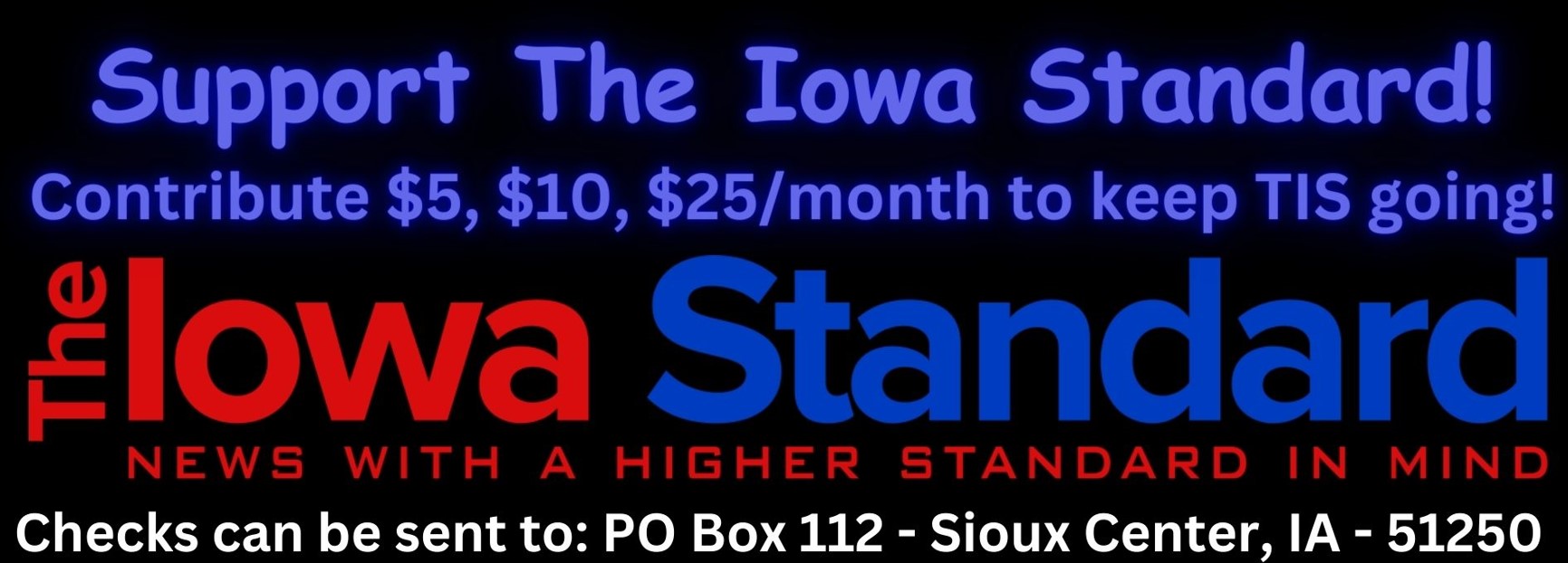The Department of Homeland Security (DHS) has spent $77 million on Passenger Screening Canine (PSC) teams at airports but the dogs used by federal agents to detect explosives in luggage and travelers are not effective. “As a result, our Nation’s aviation system and the traveling public could be at risk of a catastrophic event caused by an undetected explosive device,” according to a federal audit. You can’t blame it on the dogs, though. Their human handlers at the famously inept Transportation Security Administration (TSA) fail to train them properly or use them in an appropriate fashion, investigators from the DHS Inspector General’s office found. Some TSA managers are also more focused on moving checkpoint lines quicker than using security dogs correctly, the probe reveals.
Chunks of the findings included in a 30-page report are redacted because the passages contain “sensitive security information,” but the available portions are enough to get the big picture. Among the TSA’s many failures involving this costly program is that the agency has not updated its training aids for canines “in many years” to ensure they include emerging explosive threats. “Federal law requires TSA to periodically review threats to aviation, with particular focus on explosive materials presenting the most significant threats to passenger aircraft,” the report states. “To achieve its mission, TSA must train canines to detect the most significant threats to aviation security. However, we confirmed through our analysis that TSA’s PSC teams may not detect (the rest of the sentence is redacted under the security exemption). The watchdog continues: ‘Specifically, TSA was training its canine teams to detect 13 explosives and 2 components of explosive devices, but not (the rest of the sentence is redacted).”
How could this crucial agency, created after 9/11 to protect the nation’s transportation system, expect its four-legged agents to do their job if they are not trained correctly? DHS watchdog investigators reveal that TSA officials openly admitted that some of the training aids are based on outdated information, such as known and perceived threats and intelligence data, which is no longer relevant. “This occurred because TSA did not have a formal process to evaluate and update its explosive training aids inventory to include emerging explosive threats based on intelligence,” the DHS IG writes. In undercover tests conducted by the TSA, canines did not always detect explosive training aids during actual screening at airports. “TSA’s Office of Inspection’s Special Operations Division also assessed PSC teams’ effectiveness through its covert testing and identified deficiencies,” the report says.
The TSA canine security program fails in other ways. It seems to randomly deploy its 287 canine teams without determining how many are needed to mitigate risks and does not bother identifying or documenting operational goals. Investigators found that the TSA “may not be allocating PSC teams to the highest risk airports because if does not properly justify and document allocation decisions.” The agency does not even keep track of the canine teams’ effectiveness and “cannot be assured airports are using PSC teams properly because it does not adequately oversee TSA management operations at airports.” In short, the probe concludes that the agency “cannot show deployment and use of its PSC teams provide effective security at passenger screening checkpoints” and that the millions spent on it should be redirected to “other security programs and activities to better protect the aviation system.”
The TSA’s transgressions have been well documented since the agency with around 50,000 officers was created after the 2001 terrorist attacks to secure transportation by adequately screening luggage, passengers and properly vetting foreign flight students. Instead, it is best known for its shameful security lapses and efforts to cover them up. For nearly a decade Judicial Watch has reported extensively—and uncovered records—involving the TSA’s failure to adequately fulfill its mission. This includes missing guns and bombs during covert exercises known as “red team tests,” TSA agents literally sleeping on the job and stealing from passengers, the failure to properly screen luggage and a number of other violations that have risked the nation’s safety. Records obtained by Judicial Watch a few years ago show hundreds of badges that allow agents to access secure areas of airports went missing along with uniforms and other devices used to control entry. In 2018 a bipartisan congressional investigation found that persistent misconduct by TSA managers often goes unpunished and whistleblowers who report it as well as airport safety risks are penalized by senior officials.
















